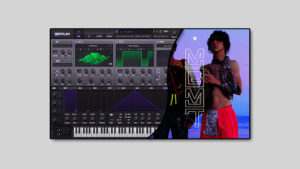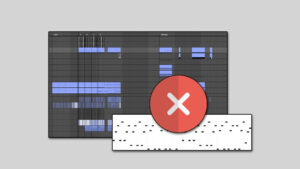Did you know that there is a way to streamline sidechaining in Ableton? I had been doing this wrong for years, so here is how I do it now!
What is sidechaining?
Sidechaining, also known as ducking, is a common technique used in electronic music production. It involves using the signal from one track, called the sidechain, to control the volume of another track, called the target track. This can be used to create a rhythmic pumping effect, where the volume of the target track is lowered whenever the sidechain signal is present, and then raised again when the sidechain signal is absent. This can be used to create a rhythmic, pulsating effect in the target track, which can add energy and excitement to a song. Sidechaining is often used in electronic dance music, where it is used to create a rhythmic pumping effect in the bassline or other elements of the music. It is also commonly used in other genres, such as pop and hip hop, to create a sense of movement and rhythm in the music. To use sidechaining, a producer must first route the sidechain signal to a compressor, which is then applied to the target track. The compressor will reduce the volume of the target track whenever the sidechain signal is present, creating the desired ducking effect.






